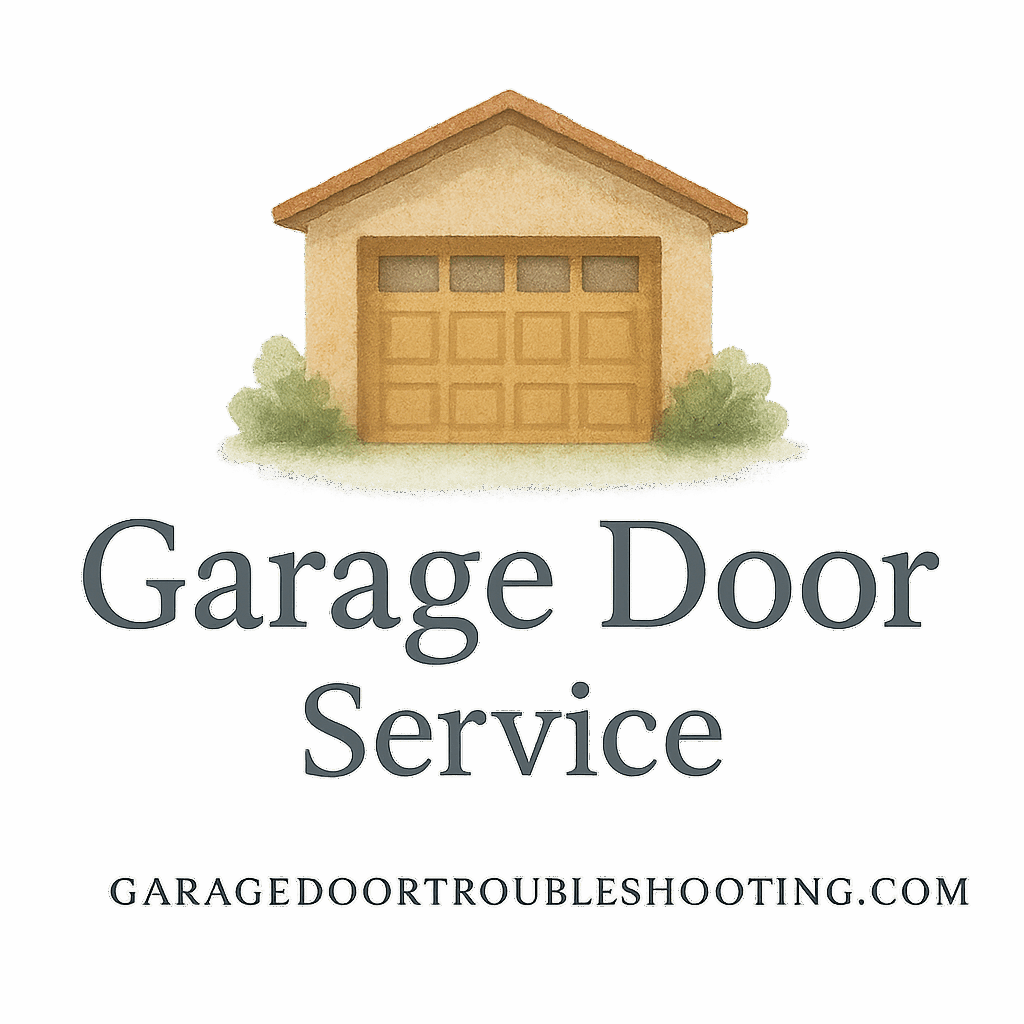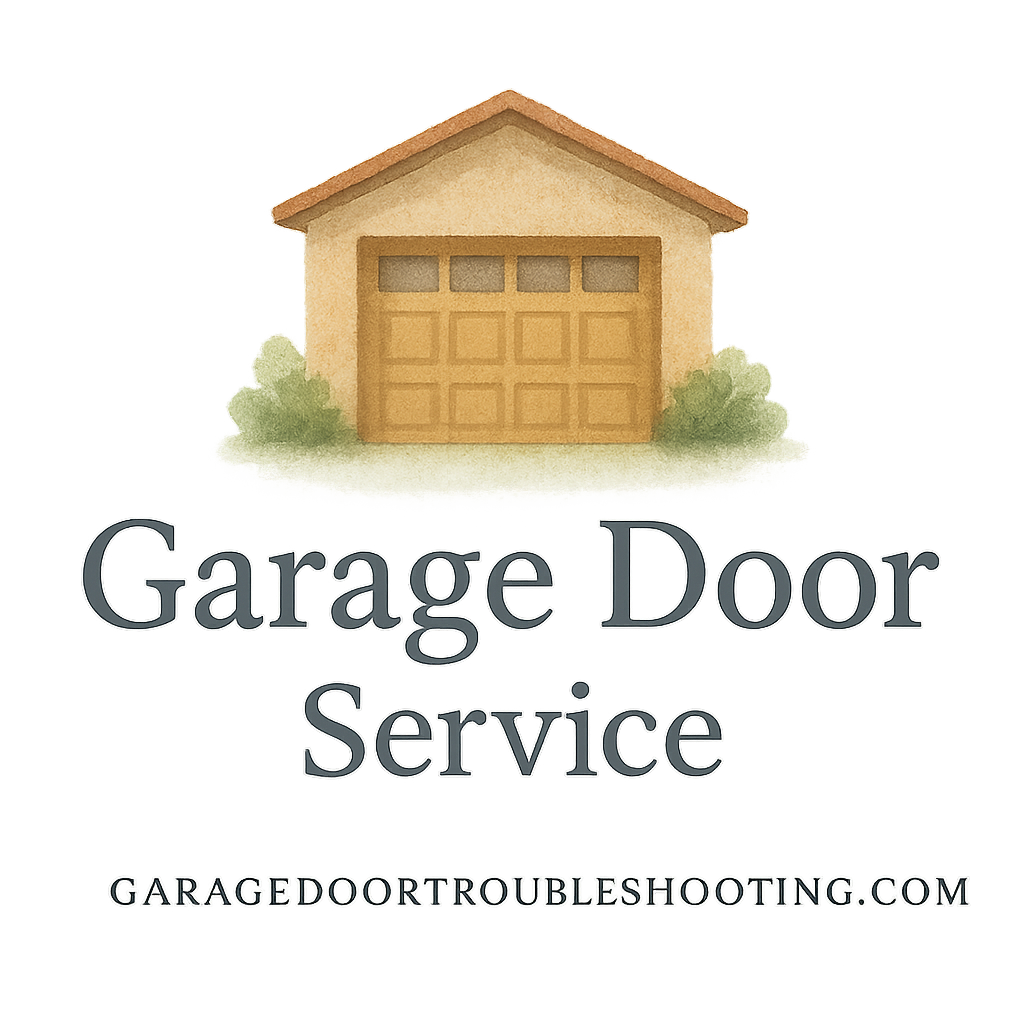Introduction: Why Garage Door Safety Matters
Garage doors might seem harmless because we use them every day, but here’s the truth—these heavy machines can cause serious injuries if handled carelessly. When it comes to DIY garage door repairs, safety should always come first. Think about it: you’re dealing with a massive moving object powered by springs and electricity. If something goes wrong, the damage can be costly—or worse, life-threatening.
That’s why I’ve put together this guide on 9 safety rules for DIY garage door repairs at home. Follow these rules, and you’ll reduce the risks while saving time, money, and maybe even a trip to the ER.
For more expert resources, you can also check out garage door repair guides and garage door safety & security tips.
Understanding the Risks of DIY Garage Door Repairs
Before diving into the rules, it’s important to understand why safety is non-negotiable.
Common Accidents During Repairs
From smashed fingers to severe cuts, accidents happen fast when dealing with garage doors. Many DIYers underestimate how heavy these doors are—some weigh more than 300 pounds! Add in high-tension springs, and you’ve got a recipe for disaster.
Why Garage Doors Are More Dangerous Than They Look
Unlike fixing a squeaky hinge, garage door systems involve electrical wiring, moving tracks, and springs that can snap with violent force. If you’re not cautious, your DIY project could quickly turn into a dangerous situation.
Rule #1: Disconnect the Power Before Working
If your garage door is electric, the first rule is simple: cut the power.
How to Safely Shut Off Power
Unplug the garage door opener before doing anything. If the plug is out of reach, switch off the breaker that powers the garage.
Preventing Electric Shock
Electricity and metal tools don’t mix well. A single mistake could shock you—or worse. Always double-check that the power is off before continuing.
Rule #2: Wear Proper Safety Gear
Your garage is not the place to be casual about protection.
Gloves, Goggles, and Helmets
Wear sturdy gloves to avoid cuts from sharp metal parts. Goggles protect your eyes from flying debris, and a helmet shields your head from falling tools or parts.
Why Safety Gear Saves You From Injuries
It may seem excessive, but think of safety gear as your seatbelt—most of the time you won’t need it, but when you do, it could save your life.
Rule #3: Never Work Alone
DIY doesn’t mean solo.
Having a Helper for Balance and Support
Garage doors are heavy. Having an extra set of hands can prevent slips, falls, or an unbalanced door crushing down.
Emergency Situations and Backup
If something goes wrong—like a spring snapping—having someone nearby ensures you get help fast.
Rule #4: Use the Right Tools for the Job
Improvising with the wrong tools is a shortcut to danger.
Avoiding Makeshift Tools
A screwdriver isn’t a substitute for a winding bar. Using the wrong tool increases the risk of accidents.
Essential Tools Every DIYer Should Own
Keep a proper toolkit ready with pliers, socket wrenches, clamps, and winding bars. Investing in the right tools is far cheaper than a hospital bill.

Rule #5: Handle Garage Door Springs With Extreme Caution
Springs are the most dangerous part of any garage door system.
Why Springs Are the Most Dangerous Component
Garage door springs are tightly wound to handle massive tension. If one snaps while you’re working, it can cause severe injuries.
Safe Methods to Work With Torsion and Extension Springs
If you must handle springs, use professional winding bars and keep your face and body away from the spring’s path. And honestly, if you’re not confident, this is the time to call a pro.
For more insights, visit dangerous repairs advice.
Rule #6: Secure the Door Before Starting Repairs
An unsecured door can suddenly drop—and that’s a hazard waiting to happen.
Clamps, Locks, and Braces
Use clamps or locking pliers on the tracks to keep the door from moving while you work.
Preventing Sudden Door Drops
By securing the door, you eliminate the risk of it crashing down while you’re underneath.
Rule #7: Follow Manufacturer Guidelines
Your garage door came with a manual for a reason.
Reading Manuals and Instructions
Each garage door model is slightly different. The manual includes step-by-step instructions designed to keep you safe.
Avoiding Costly Mistakes
Skipping instructions may lead to bigger repair bills or permanent damage to your door.
Rule #8: Know When to Stop and Call a Professional
DIY is great, but sometimes it’s not worth the risk.
Signs That DIY Isn’t Safe Anymore
If the job involves rewiring, replacing torsion springs, or if you feel overwhelmed, it’s time to step back.
How to Find a Trusted Garage Door Repair Service
Look for certified experts. Start with garage door services professionals who can handle the complex stuff safely.
Rule #9: Keep Children and Pets Away
Curious kids and pets have no place near your repair zone.
Childproofing Your Garage During Repairs
Lock the garage door and keep tools out of reach to prevent accidents. Check out more tips on childproof garage safety.
Avoiding Unnecessary Hazards
The fewer distractions around you, the safer you’ll be.
Additional Safety Precautions for DIY Garage Door Repairs
Organizing Your Workspace
Keep your tools neatly arranged and your floor clear of clutter.
Avoiding Rushing and Fatigue
Tiredness leads to mistakes. If you feel worn out, pause and continue later. Safety is worth the extra time.
The Benefits of Following Garage Door Safety Rules
Saving Time and Money
By avoiding mistakes, you save on costly repairs and medical bills.
Protecting Your Family From Harm
At the end of the day, following these rules means everyone at home stays safe. That peace of mind is priceless.
Conclusion: Safety First, Always
Garage doors are essential, but when they break, repairs can get risky. These 9 safety rules for DIY garage door repairs at home are here to guide you through safer, smarter fixes. Always remember: it’s better to pause and call a professional than to risk an injury. With the right precautions, you can tackle minor repairs with confidence while keeping your family protected.
For more homeowner-friendly resources, explore garage door maintenance tips, installation advice, and homeowner safety precautions.
FAQs
1. Can I replace garage door springs myself?
You can, but it’s extremely risky. Springs hold high tension and can cause severe injuries. Professionals are the safest choice.
2. What’s the safest DIY garage door repair I can do?
Lubricating tracks, tightening bolts, and cleaning sensors are safe DIY tasks.
3. How do I know if my garage door repair is too dangerous for DIY?
If it involves wiring, springs, or heavy lifting beyond your strength, call a pro.
4. Do I need to wear safety gear for small repairs?
Yes—even small repairs can surprise you. Gloves and goggles should always be worn.
5. How do I childproof my garage during repairs?
Lock the entry door, keep kids inside, and secure tools out of reach.
6. Is it safe to work on my garage door at night?
Not really. Poor lighting increases risks. Daytime repairs are safer.
7. How often should I perform garage door maintenance at home?
A quick check every month and a full inspection twice a year keeps your door in good condition.


